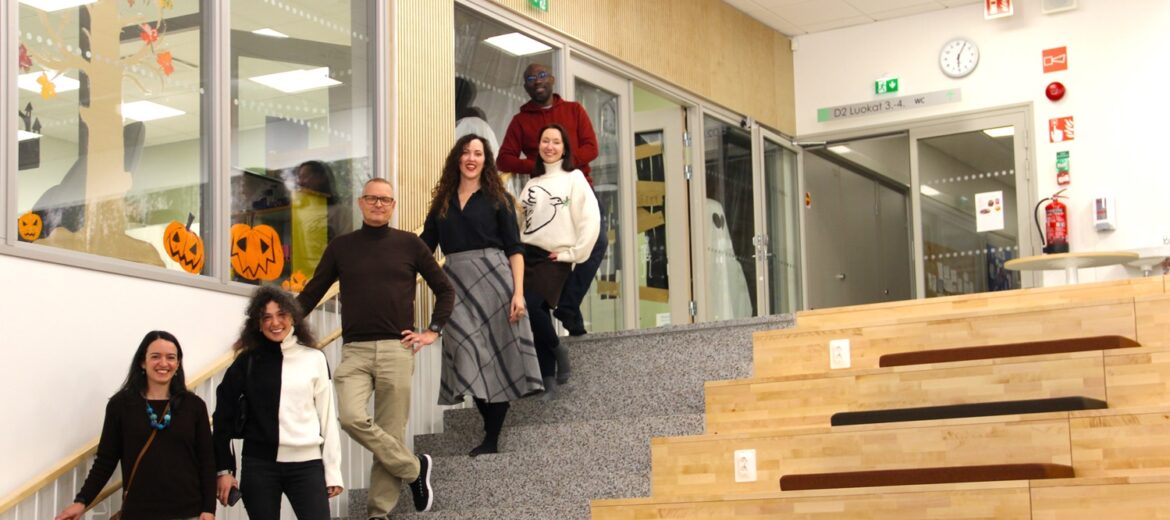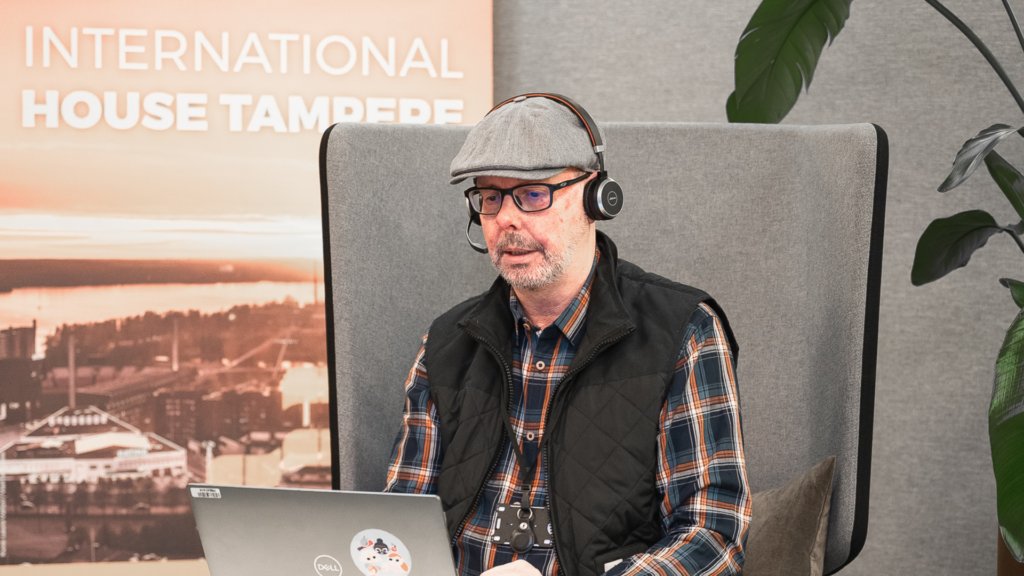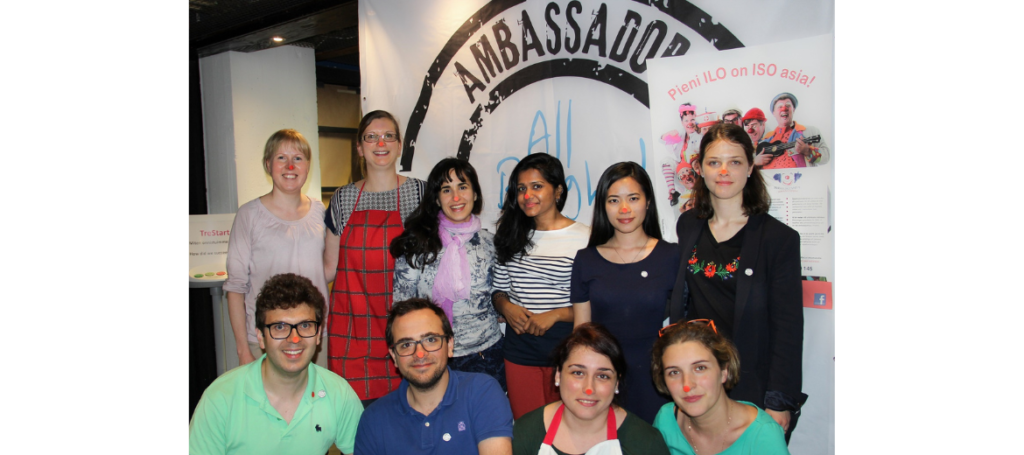Basic education in Finland supports the integration of families with children from other countries

A team of Tampere Talent Ambassadors, international experts working and living in Tampere, visited a school in the Tampere region to get a deeper insight into the topic of famous Finnish education and how exactly it assists the children with migrant background and their families.
The school which hosted the visitors is located in Myllyhaka, a neighbourhood in Nokia, a town and municipality in the Pirkanmaa region. The school principal Kalle Rautama gave a short tour around the school and answered the Ambassadors’ questions. Here are the main takeaways which characterize Finnish inclusion in education.
Integration classes
Kids-newcomers are offered such classes where during 1 year they can learn the Finnish language and the basics of disciplines in Finnish. The integration class is formed of kids of different ages, from different countries. Studies take place in academic and practical ways, for example, kids can learn while visiting the shop or making a trip to the forest. After some months in the integration class upon the language progress, the child is gradually put into the regular class with Finnish peers. This provides a smooth integration experience. When moving on to regular classes, the support does not end.
Support systems
In the regular class, every pupil including kids with migrant backgrounds has access to the three levels of support: general, intensified and special. This three-level model focuses on providing support as early as possible to prevent the emergence or intensification of any difficulties.
It is worth mentioning that receiving support in Finnish culture is not associated with any stereotypes or shame but vice versa, associated with growth and advancement. In general, every pupil is treated with respect and accent on his/her strong sides and talents. There is no competition or invisible rotation based on academic progress. Instead, the teachers focus on cooperation to develop competencies needed for the future.
Multicultural competence in the national curriculum
In different subjects in multiple methods, pupils form skills of intercultural communication. They study English from the first grade, and later on two more languages are added. Kids from other cultures have the right to study their mother language and their religion at school. The national curriculum allocates two hours per week for cultural subjects, which may be taught at a neighbouring school where students can form a group.
Interestingly, forming multicultural competence implies not only knowledge but also behaviour models and values. Values of dignity and respect are strongly promoted and mutually shared, as they are considered an important conflict prevention strategy. Anti-bullying and conflict-solving programmes are also in place in every school.
Communication with parents
Most of the teachers in Finland speak English. In the Tampere region, parents with a foreign background are provided with translation services during parent meetings and school appointments. Translation can be organized either face-to-face or by phone. All these support services are free of charge.
The communication with teachers is prompt and open. The school’s formal digital platform is the place where communication takes place. There is an opportunity to book a meeting. Furthermore, teachers provide resources to international parents, such as online courses, brochures, and guides.
The main values of the Myllyhaka school we visited are friendliness, cooperation and a to-do attitude. The main trait of the school culture is trust. As principal Kalle Rautama mentioned, these features are very typical for Finnish education and all schools in general.
The writer is a Tampere Talent Ambassador programme Coordinator and CEO and founder of Tampere Expertise Development Center, a company providing teacher training in Finland for educators from abroad. Natalia is a mom of 3 children, and the family lives in the Tampere city region. They moved to Finland 8 years ago.





